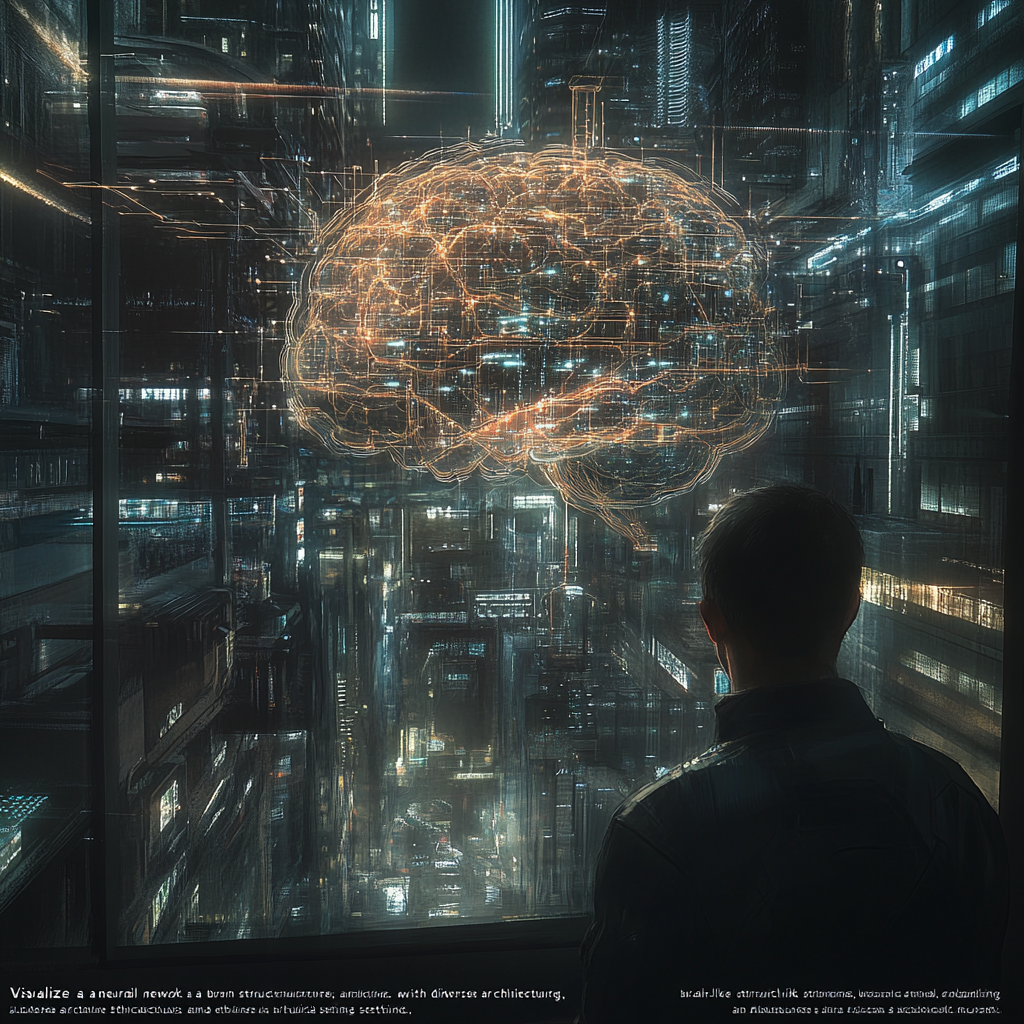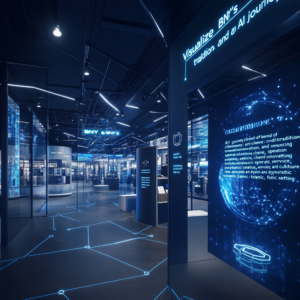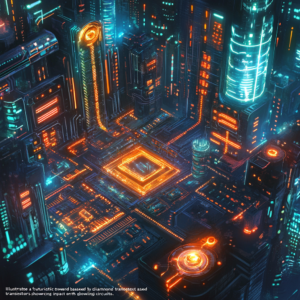
“NASA’s Revolutionary X-59 Supersonic Jet: A New Chapter in Aviation”
The Voyages of Neural Networks
Ah, neural networks—those enigmatic creations that have taken the tech world by storm. Imagine trying to convince someone in the late 20th century that machines could recognize faces or translate languages better than a sleep-deprived human after a night of binge-watching reality TV. Fast forward to today, and here we are, navigating a sea of algorithms that can learn and adapt. But you must know—like brewing the perfect cup of tea—there's more to neural networks than stashing a few numbers together and watching the magic happen.
First things first, toss aside any misconceptions that neural networks are simply AI's flashiest fad. They are foundational. Seriously! Think of them as the backbone of modern AI applications, sprouting forth from the humble soil of mathematics, psychology, and computer science—a bit like how our cherished green tea relies on proper soil to flourish. Consider the multi-layered structure of neural networks. These layers process information, mimicking the way our brains work (minus the hangry moments, which thankfully, machines do not experience).
Now, the idea behind these layers is simple but profound. Each "neuron" in one layer is connected to the next, mimicking synapses in our brains. When you throw data into this beautifully chaotic mix—say, photos of adorable kittens—the network begins to recognize patterns of whiskers, fur, and that classic "I’m plotting my human's demise" stare. And just like making tea, you have to perfect the initial process: the training phase. If you fail here, you'll end up with an app that’s as useful as a tea bag steeping in Oolong for three weeks—completely useless, and frankly, a bit rancid.
Next, let’s spice it up with some jargon—overfitting! Ever heard of it? Loads of new learners assume that a neural network learns everything perfectly, but oh no! It’s like putting too many tea leaves in one cup. You end up with brew so bitter it could fuel a steam engine. An overfitted model has memorized the training data instead of generalizing, leading to a result that's effective only in its own little bubble. You want your model to learn to recognize new kittens, not just the ones it has been shown!
And, just as there are varied types of teas, there are various architectures of neural networks: feedforward, convolutional, and recurrent to name a few. Each serves a purpose. If you’re keen on image recognition—think of convolutional neural networks as your prima donna. They are the cream of the crop, exquisitely designed to scan through images, recognizing features, shapes, and yes, even those slightly off-center whiskers.
Now for the dreamers among us: recurrent neural networks are where the narrative tread begins. These beauties keep track of information from prior data points, making them ideal for time-series data and natural language processing. They hold on to memories, kind of like how I wish I could hold on to that perfect cup of tea I brewed only once this week—why is it so elusive?
But beware! Just as one must learn to brew tea within the optimal temperature ranges for the kind of leaf—black at boiling, green at cooler temperatures—these networks also have their sweet spots in terms of tuning hyperparameters. If you crank those settings to eleven without understanding what you’re doing, your results could be as chaotic as a rice cooker mishap at a dinner party.
Speaking of dinner parties, may I introduce you to the fascinating realm of generative adversarial networks (GANs)? Picture a cook-off: two chefs competing for the spotlight. One creates new dishes while the other judges them. This duel pushes both to reach new culinary heights, and the outcome? An astonishingly realistic dish—or in the context of GANs—a lifelike image that could fool even the most discerning food critic. Just like trying to pass off store-bought tea as artisanal—shameful!
If you think machine learning is just for techies wearing hoodies and sipping on artisan coffee, think again! Businesses have caught onto the potential that resides within these networks. From recommending the next binge-worthy series to predicting stock market trends, neural networks are the puppeteers behind countless applications in our daily lives. It’s almost akin to mastering tea; once you know how to brew it well, every aspect of hosting becomes effortless.
However, let’s not forget the elephant in the room—our dear friends, ethical concerns. As user data flows freely into these networks, we march hand-in-hand into murky waters. Who controls the data? What biases are being reinforced? It’s crucial to stir these concerns into the conscious discourse surrounding AI. Because the last thing anyone wants is for a neural network to brew up something that slides through ethical guidelines like tea through a strainer.
So, the next time you marvel at a bot spitting out text that sounds remarkably human-like, remember the layers of thought that go into it. Neural networks are the unsung heroes of automation, working tirelessly in the background—a lot like that devoted tea enthusiast quietly perfecting their brew while the world remains blissfully unaware.
Nothing is perfect. This applies to both tea and technology. With neural networks, we are ever-evolving, making strides and missteps, constantly learning. The pursuit of flavor—both in tea and technology—thrives on experimentation and adaptation, shaping something magical in the process.
As you delve deeper into neural networks and their place in automation, do keep your kettle boiling and your mind open. And who knows? One day, you might just find yourself conjuring patterns and algorithms as effortlessly as you craft your favorite chai.
Want to stay up to date with the latest news on neural networks and automation? Subscribe to our Telegram channel: @channel_neirotoken.

